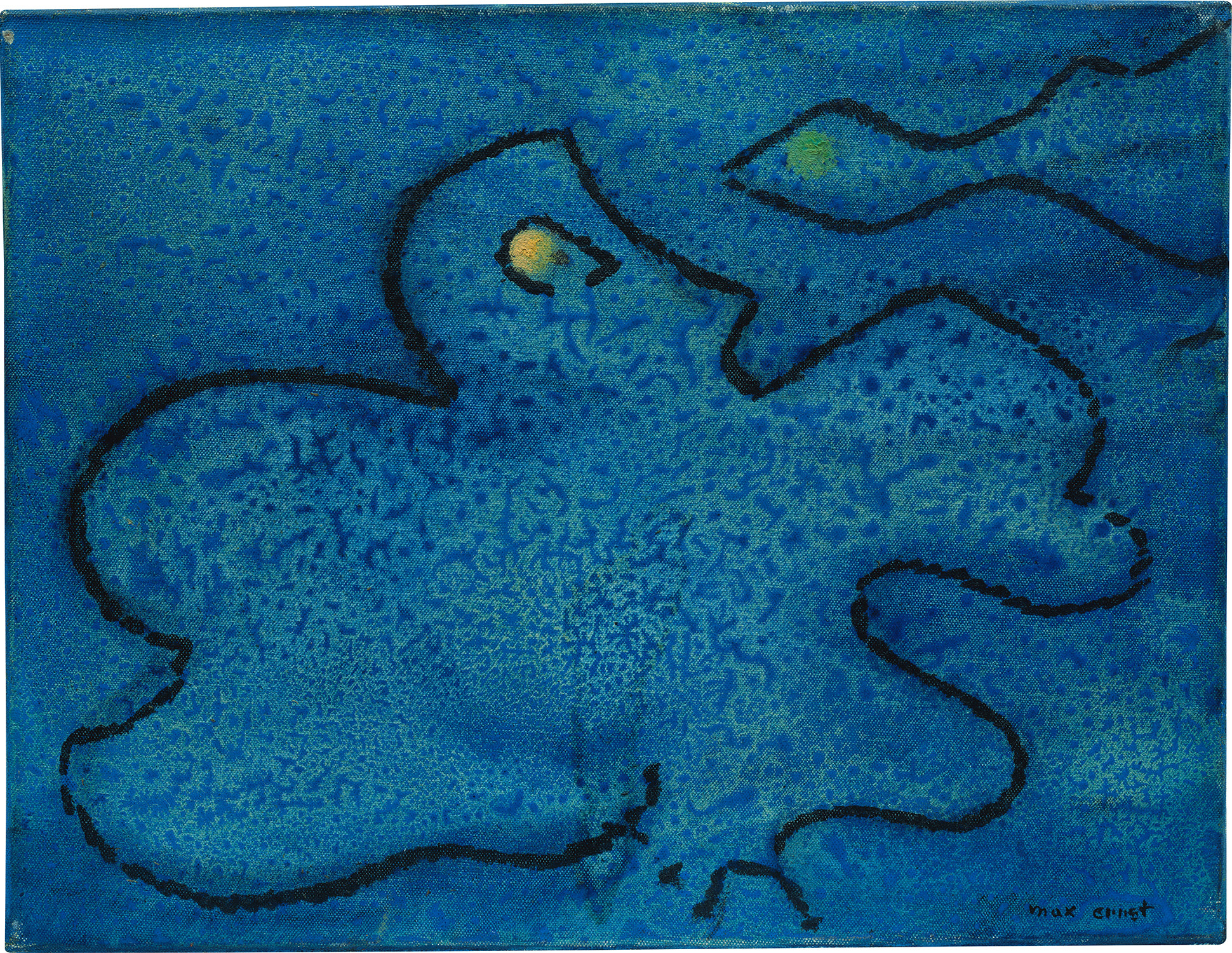

Maximiliana: Max Ernst from the Collection of Peter Schamoni
171
Max Ernst
Die Wankelmutter
signed 'max Ernst' lower right; signed and titled 'WANKELMUTTER Max Ernst' on the reverse
oil on canvas
27.3 x 35.4 cm (10 3/4 x 13 7/8 in.)
Painted in 1963.